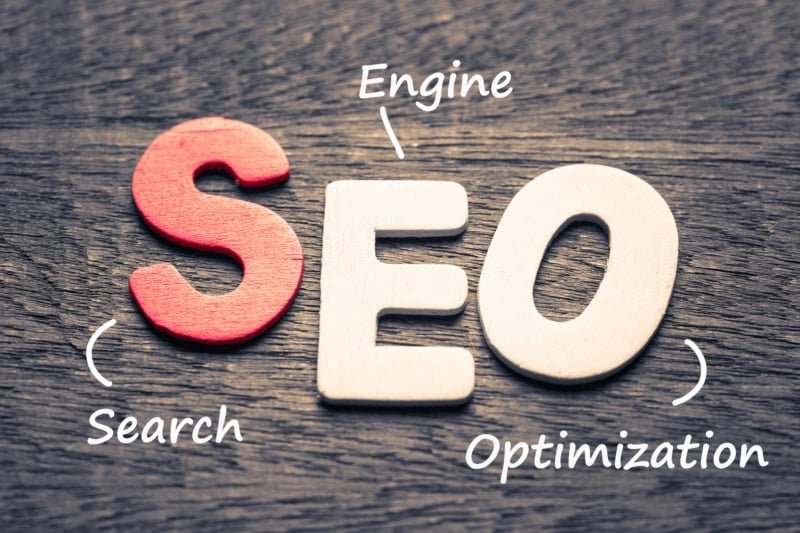In all probability, the sun will rise tomorrow; just as it will also set, and night will replace day. We believe in the certainty of this taking place based on experience, history, the current state of affairs, and sciencey stuff that is beyond us yet in which we have faith. So, there is a fairly inevitable part of your future but, there are many areas where we believe we can never know what’s next.
For example, what the heck will your teenage daughter or son be doing with their friends after the Big Game Saturday night? What color and fabric will her prom dress be? When will he (if ever) start taking his curfew seriously?
Teenagers aside, predicting the future is not only difficult, but it can also be dangerous. For example, while certain luxury furnishings may have a great track record for dealer sales, trends change, shapes become overdone or obsolete, and colors of the year will shift, well – yearly. And yet… And yet… a good buyer is an informed buyer, using experience, history, trends, and market research to avoid over- and under-buying product that is likely to be in demand next season.
What Will Tomorrow Bring?
“Challenging the belief that the future is unknowable,” futurist Rebecca Costa believes in a “series of [what she identifies as] ‘knowables’ that can be possessed about most any given situation based on history, current circumstances, and myriad other algorithms that allow for reasonably accurate predictive outcomes.” (FurnitureToday.com)
“To help companies systemize their efforts to confront complex change, she outlined six steps: identifying the challenge or need; categorizing opportunities into market-driven (incremental) change or ‘moonshots’ (higher risk, higher reward) opportunities; developing separate processes for each of those two categories; realigning talent around personality predispositions; evangelizing from the top-down; and systematizing and institutionalizing [what she describes as] a ‘predaptive’ culture.”
“The most notable change from more traditional business practices is the development of separate processes for market-driven opportunities and so-called moonshots, and the corresponding alignment of talent accordingly.”
“Costa outlined two personality types common to professional organizations which she termed ‘racers’ and ‘climbers’. Racers are expert multi-taskers, highly verbal, high energy, performance-oriented, and are easily frustrated by process and protocol. Conversely, climbers are persistent, analytical, evidence-driven, process-driven, and prefer written communication.”
“Companies that use a single process for market-driven and moonshot initiatives often have these types of individuals working together, which often frustrates each and stifles development. Costa’s advice is to separate the processes and the individuals with racers focused on market-driven developments and climbers focusing on moonshots.”
Keeping It Simple
If that doesn’t make your head spin...
From our perspective as mere forecasters and experienced business prognosticators based on current trends and experience (We certainly do not claim to be futurists), we will try to simplify a predictive model that works for us:
Be objective and uncompromising as you evaluate your business.
Pay attention to local market forces as well as trends you see in the trade.
Be conservative in your vision of the future of the market and your place in it.
Take things to their logical, inevitable conclusion.
Prepare yourself for anything.
And never forget – interior design is a local business!
Ted remains available for his impressions of issues like these and for business consulting to the trade. All you have to do is… Contact TD Fall today.












